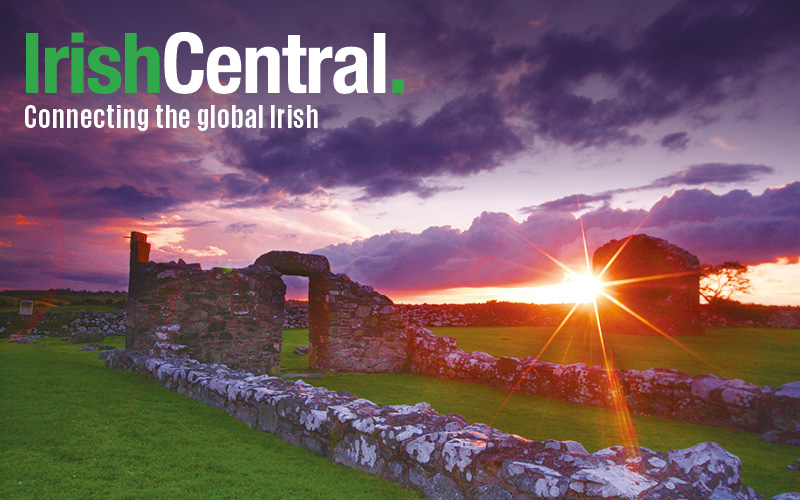Robert Emmet was born in 1778 to a family of Irish patriots imbued with passion for Irish independence. In 1803, Emmet led an armed insurrection that proclaimed an Irish Republic. The rebellion was crushed by British troops; Emmet was captured, tried, and sentenced to death.
In his inspiring speech Emmet proclaimed: “I wished to procure for my country the guarantee which Washington procured for America.” His concluding words have echoed through the ages: “When my country takes her place among nations, then and not till then, let my epitaph be written.”
In 1803, the 25-year-old Emmet was executed by hanging and beheading. His legacy helped inspire the sequence of events resulting in Irish independence: the 1916 Easter Rising, which set off the War of Independence, the Irish Civil War, and the establishment of the Irish Free State in 1922.
In 1917, the Robert Emmet Statue Committee, with U.S. President Woodrow Wilson in attendance, presented its gift to the Smithsonian and the American people. The sculpture was placed on view in the rotunda of the Smithsonian's U.S. National Museum (now the National Museum of Natural History). To commemorate the 50th anniversary of the Rising, the sculpture was moved to its present site on April 22, 1966, on long-term loan to the National Park Service.
The seven-foot-tall sculpture of Emmet proved so popular that a copy was cast and unveiled in San Francisco's Golden Gate Park in 1919 by Irish leader Eamon De Valera. In 1922 Congress authorized the gift of a third replica to the National Gallery of Ireland that now stands in St. Stephen's Green in Dublin.
The statue will be re-dedicated in March 2016 to commemorate the centennial of the Easter Rising. The Ancient Order of Hibernians and the Irish American Unity Conference are spearheading the collaboration with the Smithsonian American Art Museum and the National Park Service.
Jack O’Brien, who was instrumental in creating a memorial to Commodore John Barry as well as the Irish Brigade Monument at Antietam National Battlefield, sees the Emmet statue as a priority for the Irish community in Washington. “We have a synergy of centennials here, one to honor the heroes of the Rising and the other to honor the great work Connor created in 1916,” he says.
Jerome Connor was born in Coumduff, Annascaul, on the Dingle Peninsula, in 1874. In 1888 he immigrated to Massachusetts, where he trained as a stonecutter and bronze founder before moving to the Stickley arts and crafts center in Syracuse.
As a young man, he became interested in Walt Whitman and made studies for a monument to Whitman and a commemorative Whitman medal (1905) that brought him critical notice as a sculptor. In 1910 he settled in Washington.
When the Irish Free State was established Connor returned to Ireland and executed designs for the new coinage and relief portraits of leading politicians. “His work celebrated heroes of America's past and subjects that resonated with the Irish-American community,” wrote historian John Turpin. “His work in Ireland related to the struggle for independence. Connor's best work was modeled from life, as in the two fishermen on the Lusitania Memorial.”
The Lusitania Memorial was a prestigious project that ended tragically for Connor. In 1925 he was commissioned to create the memorial in Cobh, Co. Cork, to commemorate the 1,198 lives lost in the sinking of the Lusitania in 1915.
But by 1943, the year of Connor’s death, the Lusitania Memorial was not complete, and he died penniless. Sculptor Domhnall O'Murchadha saved the principal plaster figures in Connor’s studio and supervised the memorial's completion.
O’Murchadha helped to form the Jerome Connor Trust, which enabled the National Gallery of Ireland to offer its collection of small bronzes to Connor’s home town of Annascaul. A permanent sculpture gallery for the collection officially opened in 2014 at the South Pole Inn in Annascaul.
Tom Kennedy, who consults with art historian Catherine Marshall, encourages visitors. “We welcome all to our gallery. Your visit will honor this remarkable Irishman, Dingle’s native son, who does us all proud in America and in Ireland.”




Comments